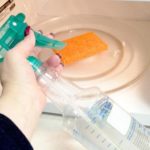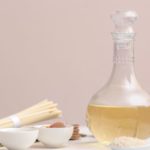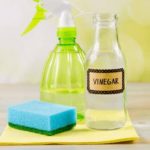While effective at cleaning, there are some essential tips to keep in mind when using chemical cleaners to ensure their efficiency and safety for your skin. What are these tips? Let’s find out!
1 Dilute Dish Soap
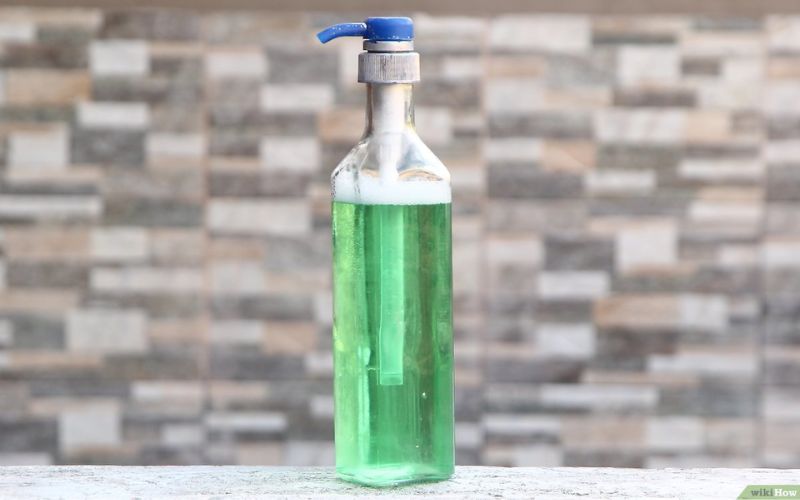 Dilute Dish Soap
Dilute Dish Soap
Using too much dish soap at a high concentration can cause the surface of your dishes to lose their original shine, and worse, it can penetrate the structure of your dishes and negatively affect the quality of your food.
However, you should not dilute the dish soap directly in the container as this can harbor bacteria. Instead, you can add it to your sink at a ratio of 1 teaspoon of dish soap to 1 liter of hot water, making dishwashing safer and more effective.
2 Don’t Wash Rugs with Dish Soap
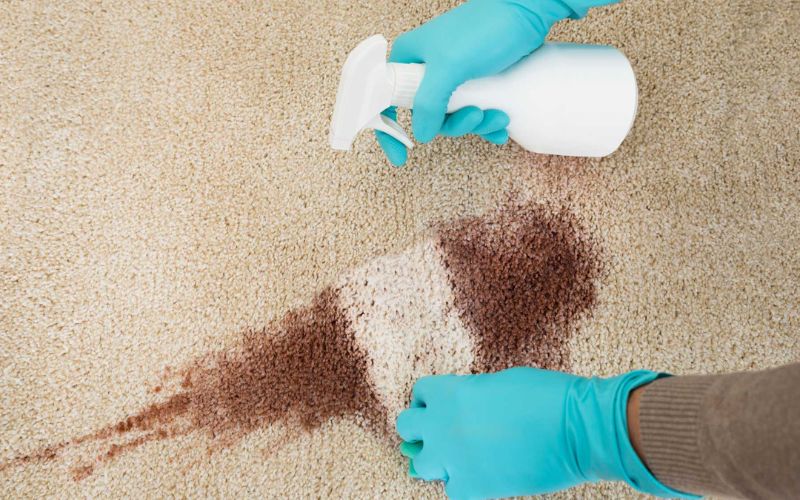 Don’t Wash Rugs with Dish Soap
Don’t Wash Rugs with Dish Soap
Although dish soap can kill many pathogens, some cleaning agents like it can damage items like rugs and floor tiles, causing discoloration, yellow stains, rust, and reducing their lifespan.
Instead, when cleaning rugs or other items, use specialized cleaning agents or rug-washing liquids to ensure effective disinfection without compromising your health.
3 Avoid Using Chlorine-Based Cleaners
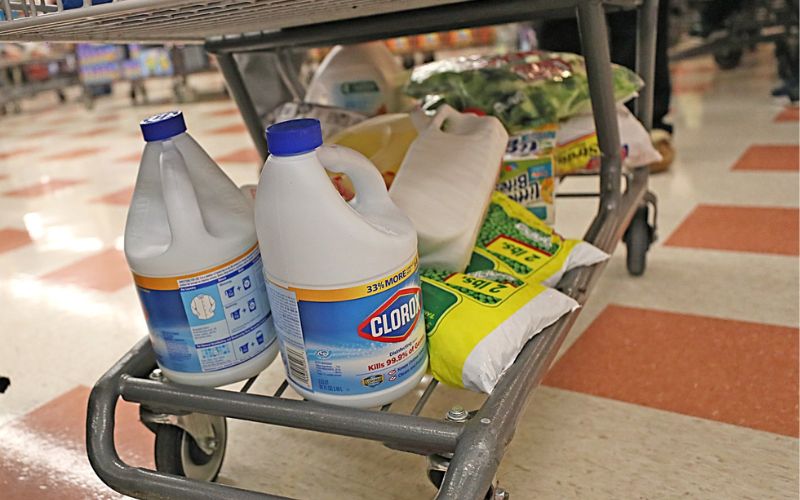 Avoid Using Chlorine-Based Cleaners
Avoid Using Chlorine-Based Cleaners
Nowadays, most people use disinfectant cleaners to sanitize their homes. However, some ingredients in these cleaning chemicals can be detrimental and reduce the quality of your cleaning efforts.
In particular, be cautious and limit the use of chlorine-based cleaning products as they can cause severe skin irritation and are not suitable for metal objects as they may cause rust.
4 Don’t Mix Chlorine Cleaners with Hot Water
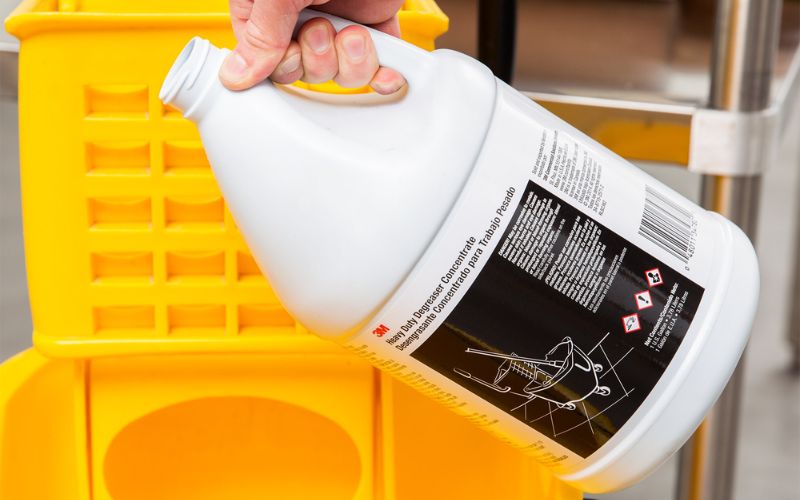 Don’t Mix Chlorine Cleaners with Hot Water
Don’t Mix Chlorine Cleaners with Hot Water
In addition to limiting the use of chlorine-based cleaners, do not mix these chemicals with hot water. The high temperature can break down the chlorine, reducing the cleaning product’s effectiveness.
Moreover, when mixed with warm or hot water, the disinfectant function of chlorine will gradually decrease over six months or more, and it can also irritate sensitive skin, such as that of the elderly or infants.
5 Read the Label of Wood Polishers
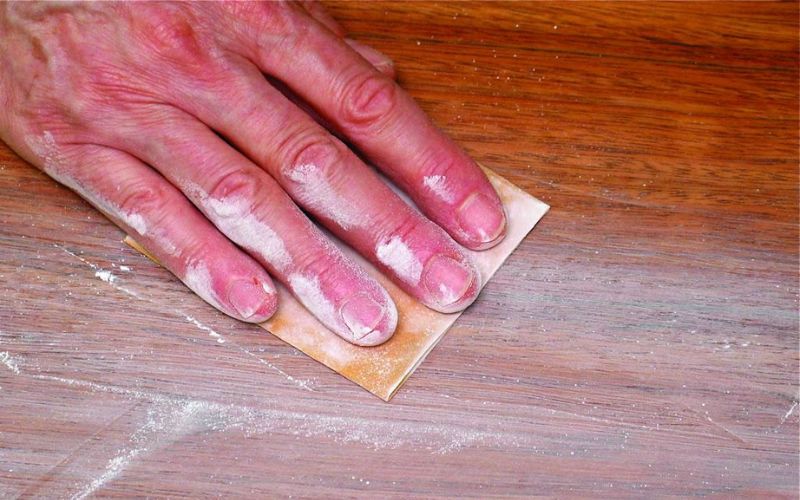 Read the Label of Wood Polishers
Read the Label of Wood Polishers
There are two types of wood polishers on the market: water-based emulsion and oil-based. While both are effective at polishing, oil-based polishers have some drawbacks, including attracting and trapping dust and causing yellow or brownish stains on wood surfaces, making them look slightly dirty.
Therefore, before purchasing a wood polisher, carefully read the label and avoid products with an oil base or wax to prolong the life of your wooden items and make them shinier and more attractive.
6 Don’t Clean Wooden Items with Glass Cleaner
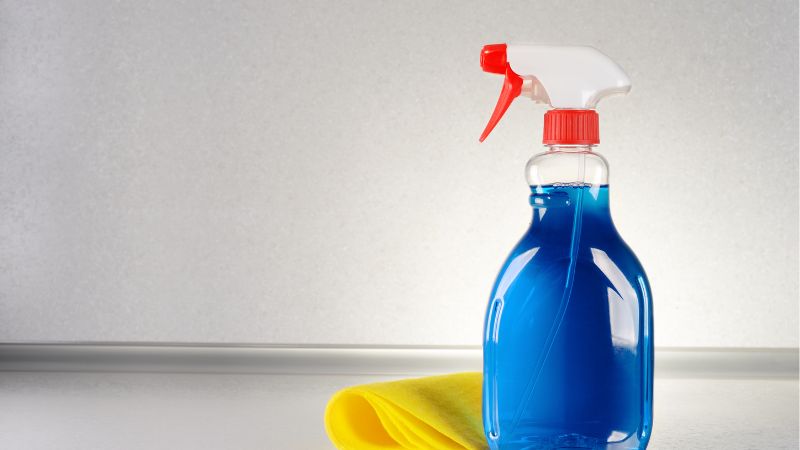 Don’t Clean Wooden Items with Glass Cleaner
Don’t Clean Wooden Items with Glass Cleaner
is popular among homemakers for its superior cleaning ability. However, the chemicals in this product can damage the paint and shine of wooden items.
Instead, when cleaning wooden items, mix your own solution of vinegar and water to make the surfaces of your wooden items beautiful and shiny.
7 Don’t Use Antibacterial Wipes on Leather
 Don’t Use Antibacterial Wipes on Leather
Don’t Use Antibacterial Wipes on Leather
Antibacterial wipes are great for cleaning and disinfecting various household items, but they can also cause adverse reactions and damage wood surfaces due to their special chemical composition, making the wood in your home look dull and lifeless.
Moreover, avoid using antibacterial wipes on leather items as the liquid in these wipes can cause the natural oils in the leather to evaporate, leading to dryness and cracking.
8 Use the Right Amount of Cleaning Products
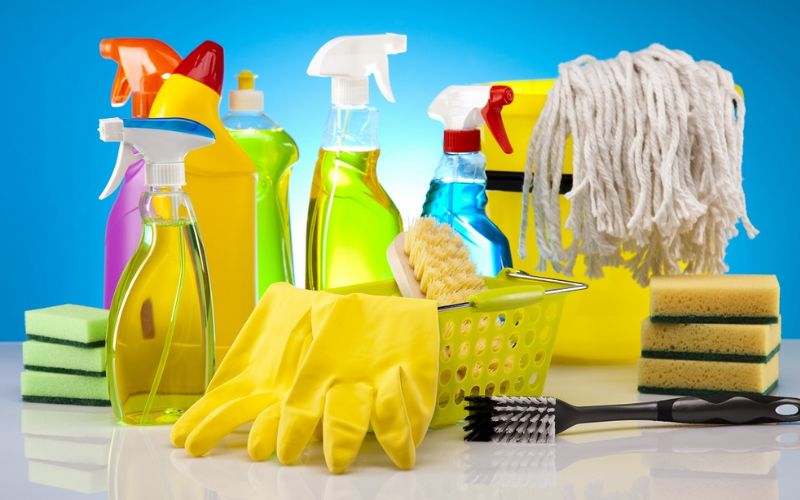 Use the Right Amount of Cleaning Products
Use the Right Amount of Cleaning Products
Using too much cleaning product at once can leave a residue on surfaces, making them sticky and attracting more dirt. It can even create an environment for disease-causing bacteria to thrive.
Therefore, in addition to choosing the right type of cleaning product, use the appropriate amount and apply it correctly. For example, when doing laundry, let the detergent sit on stained clothes for 10-15 minutes before washing to save effort and improve cleaning effectiveness.
These are eight tips for using chemical cleaners effectively and safely. We hope that with this article, you can make all the items in your home shine without compromising your health or your family’s well-being!


























